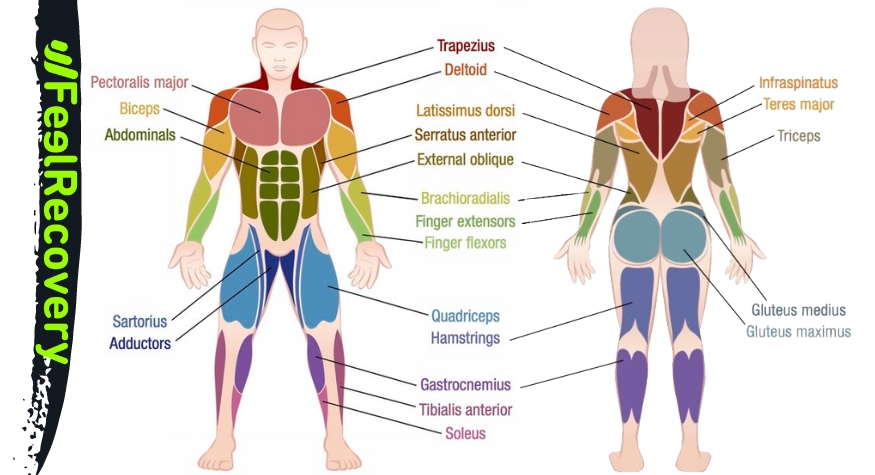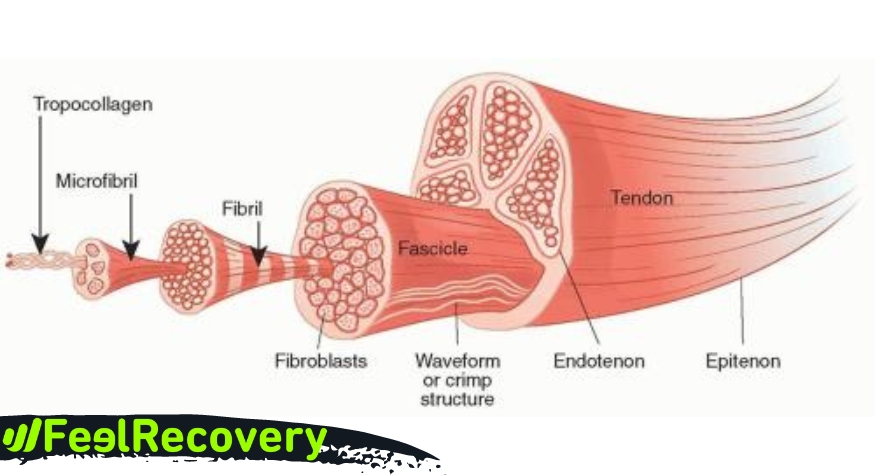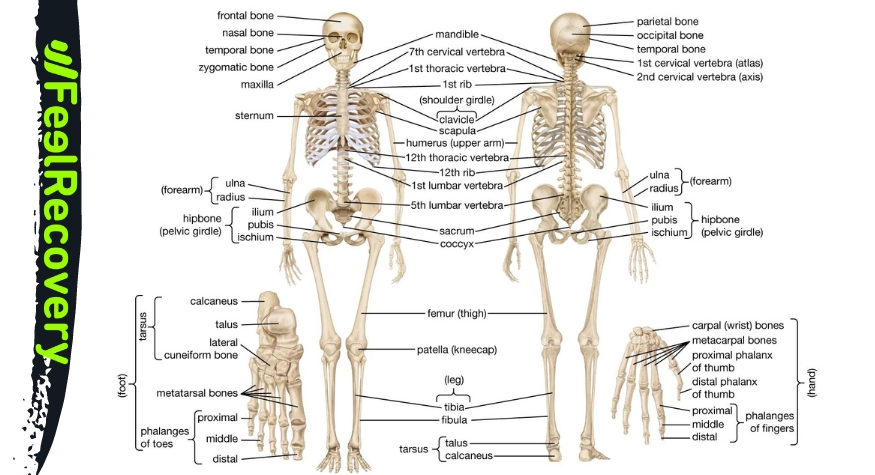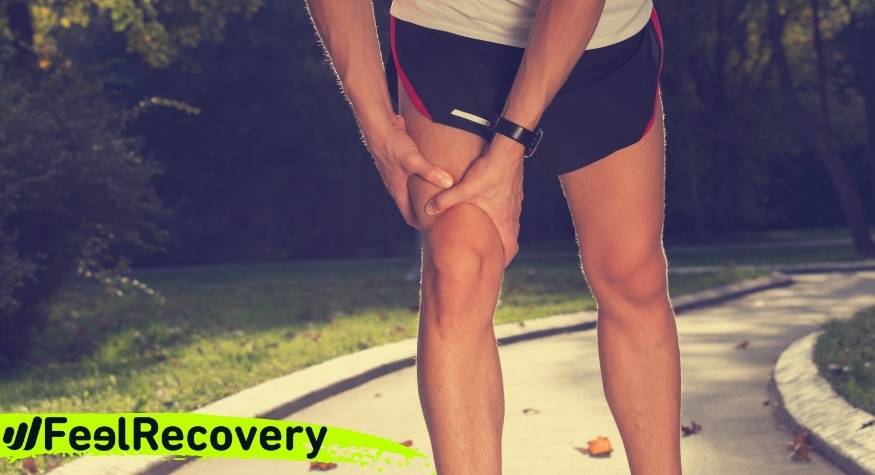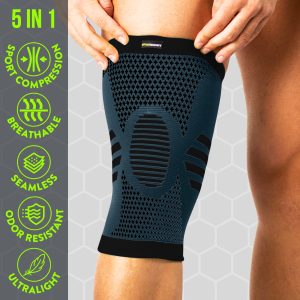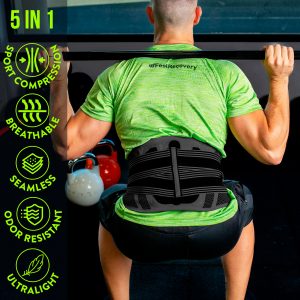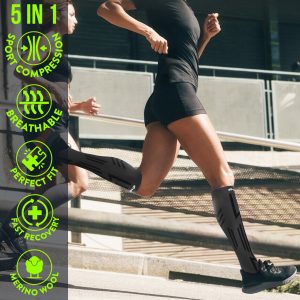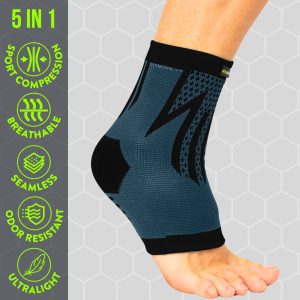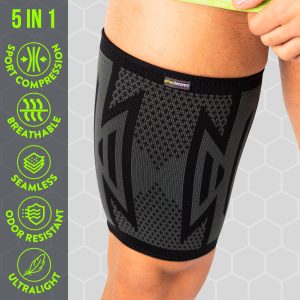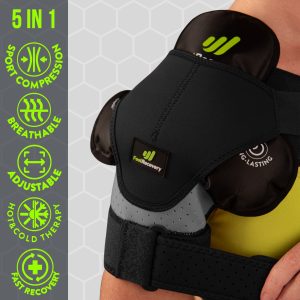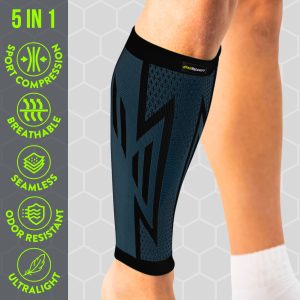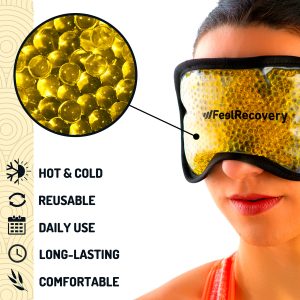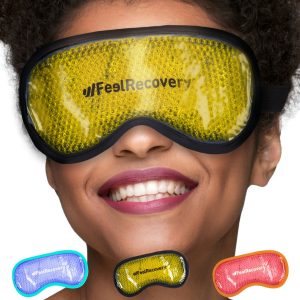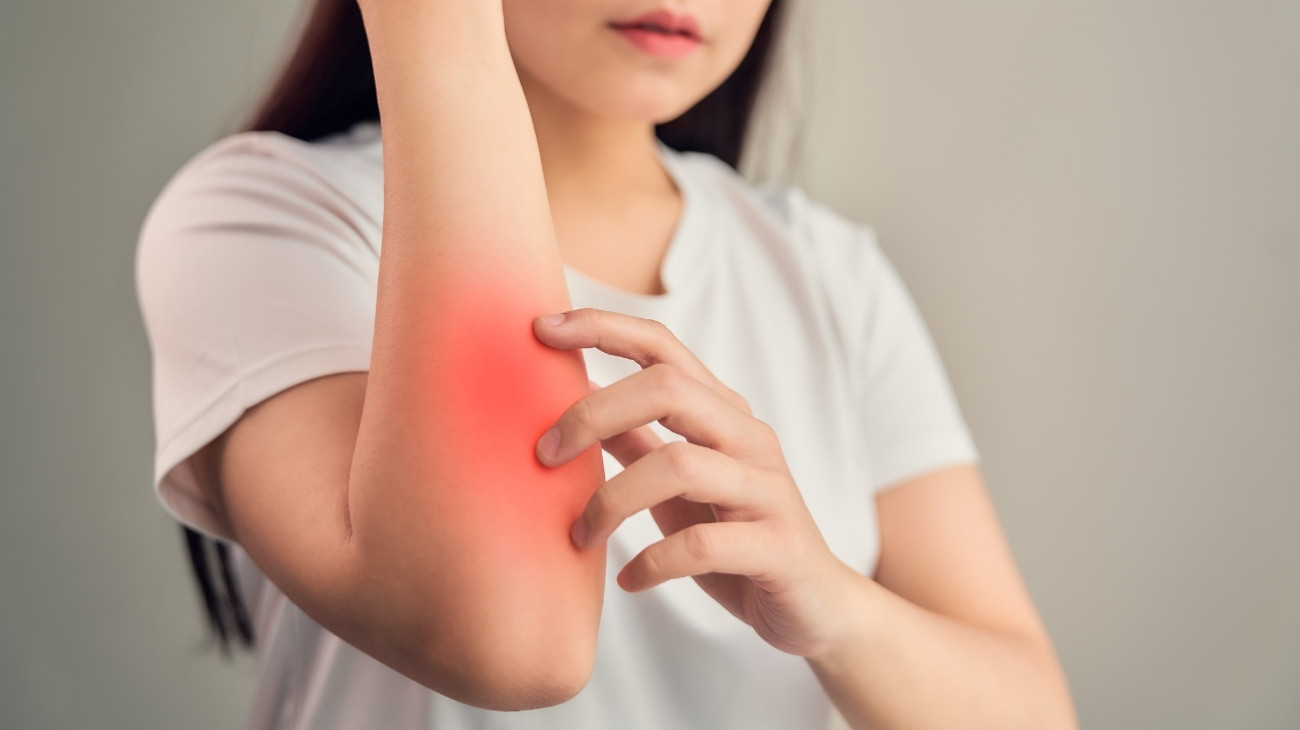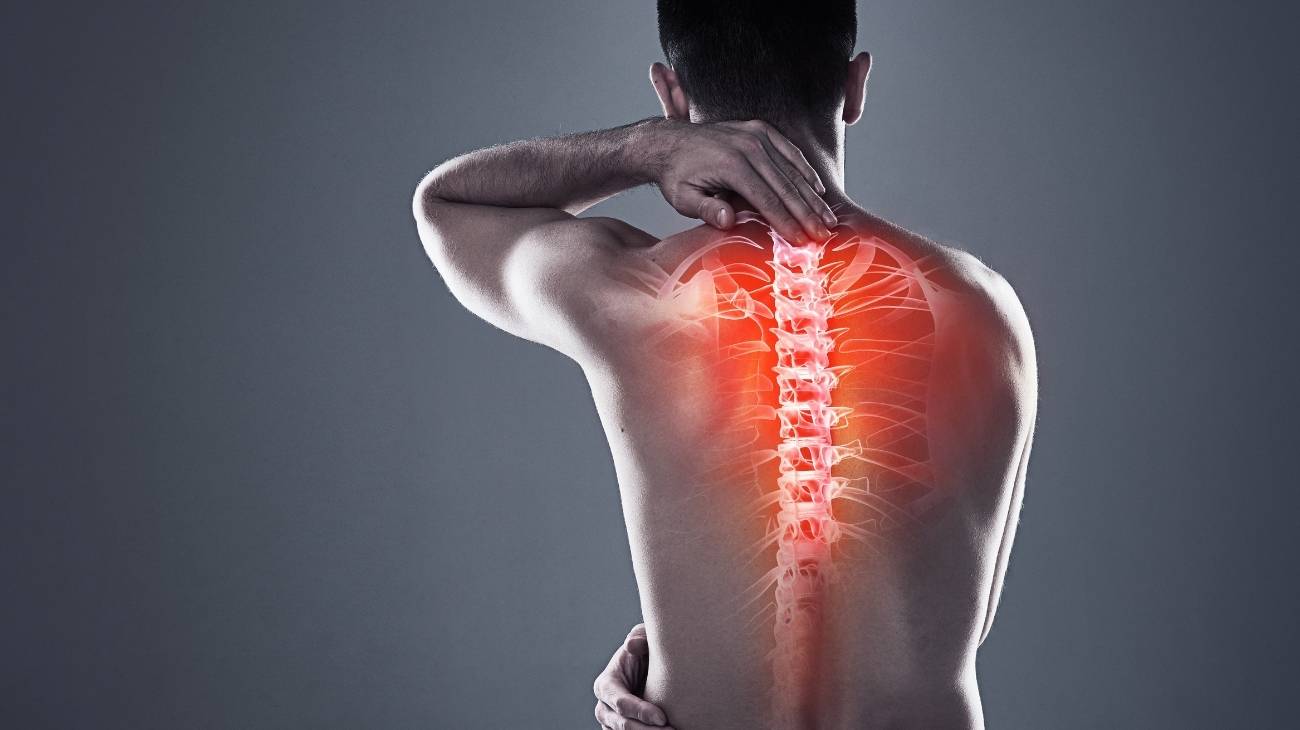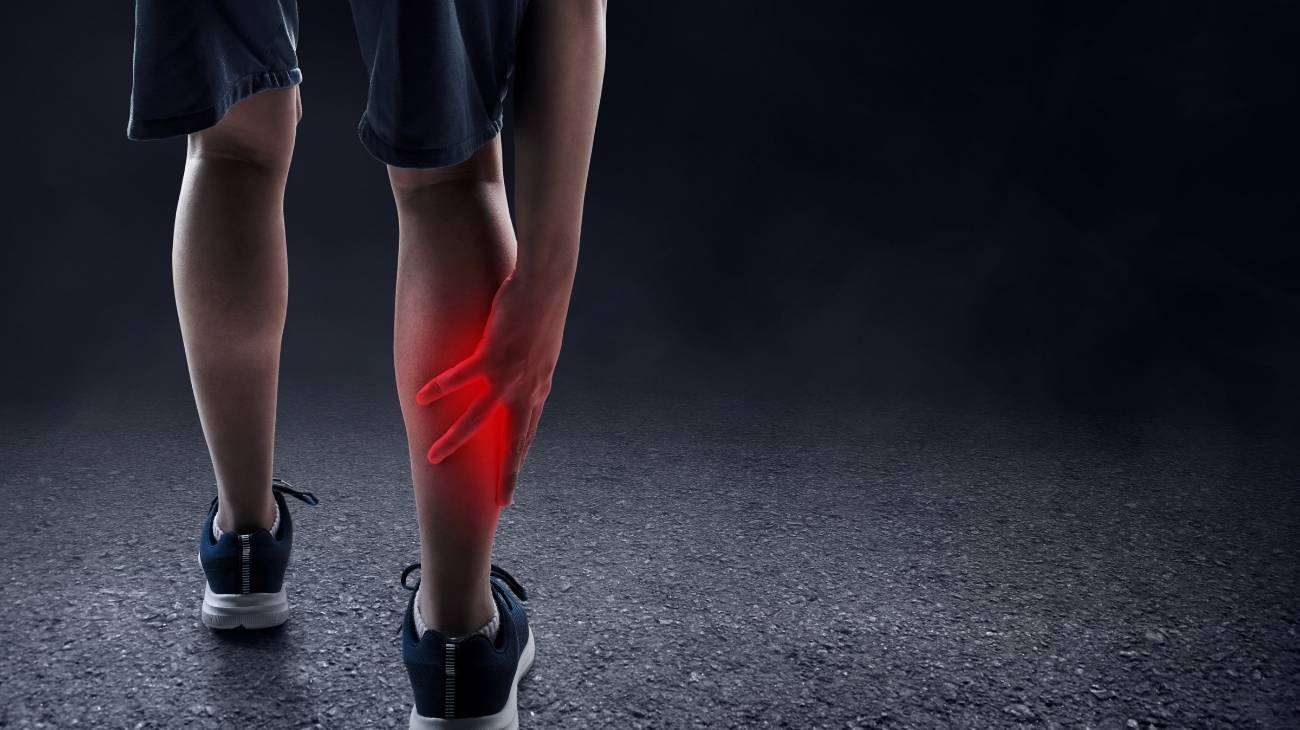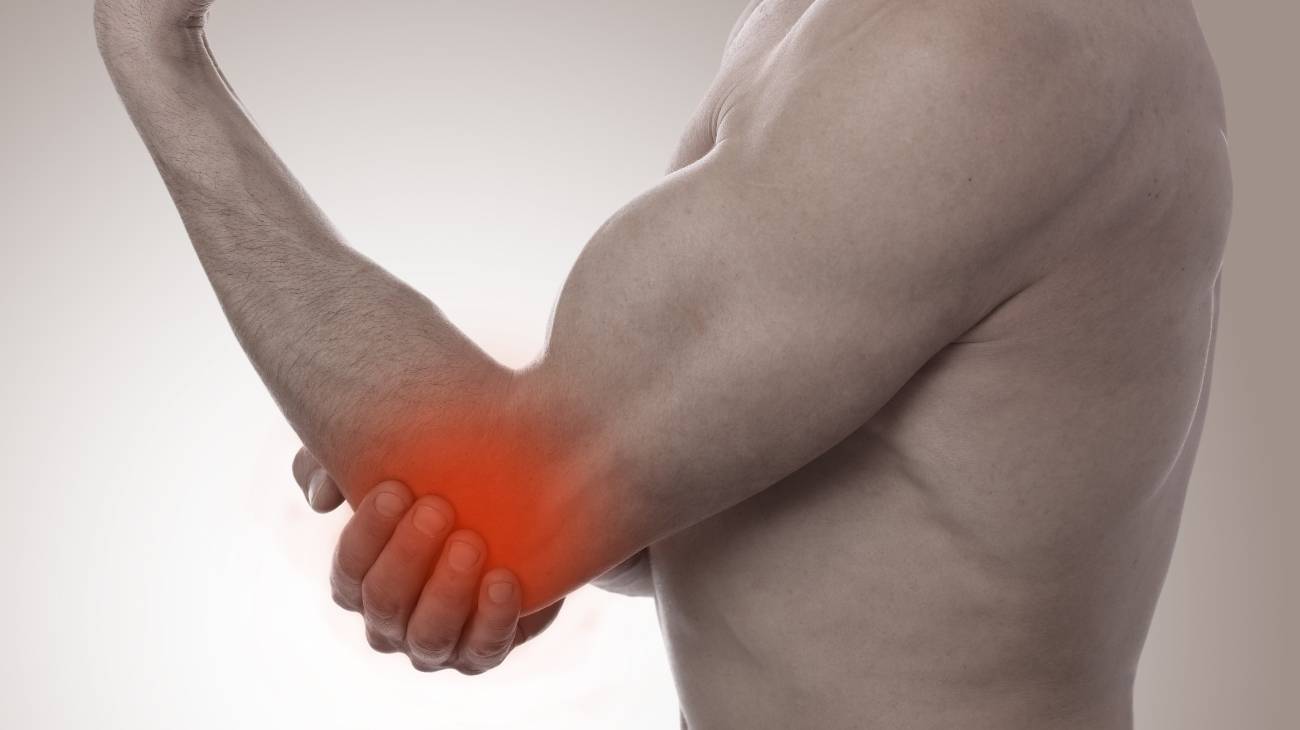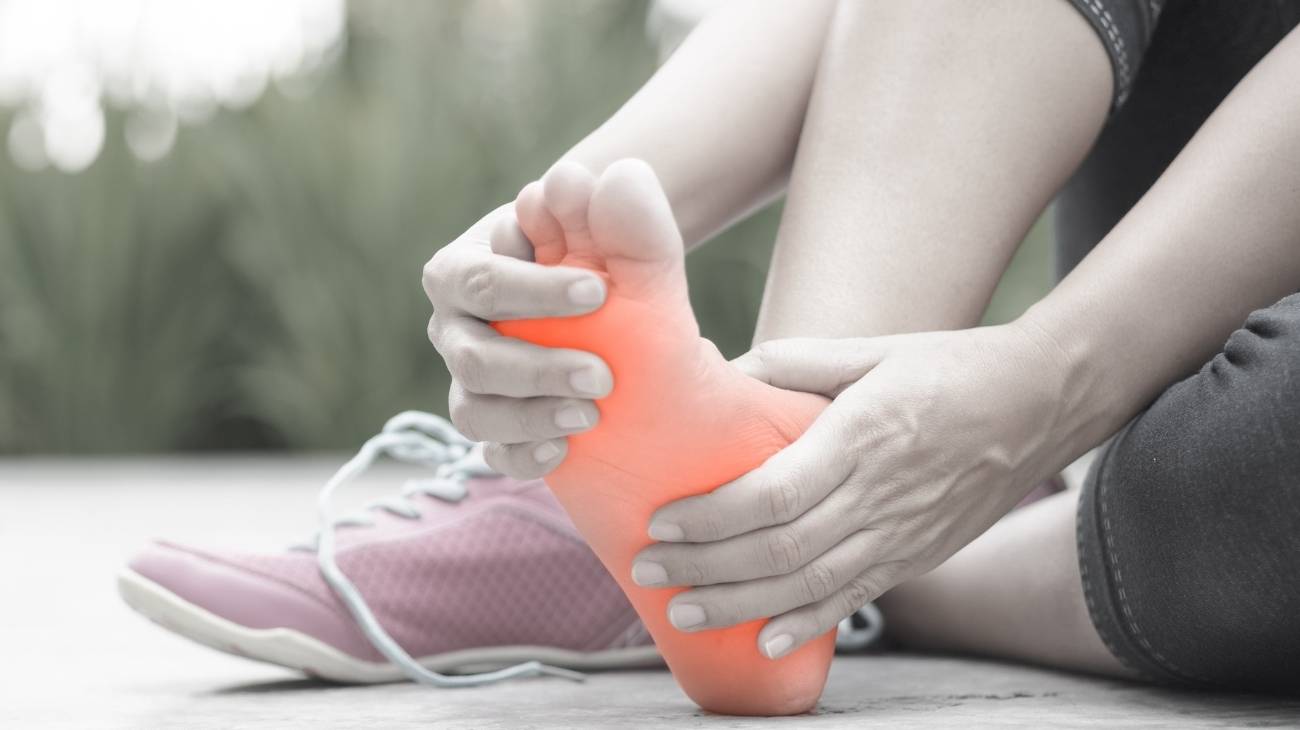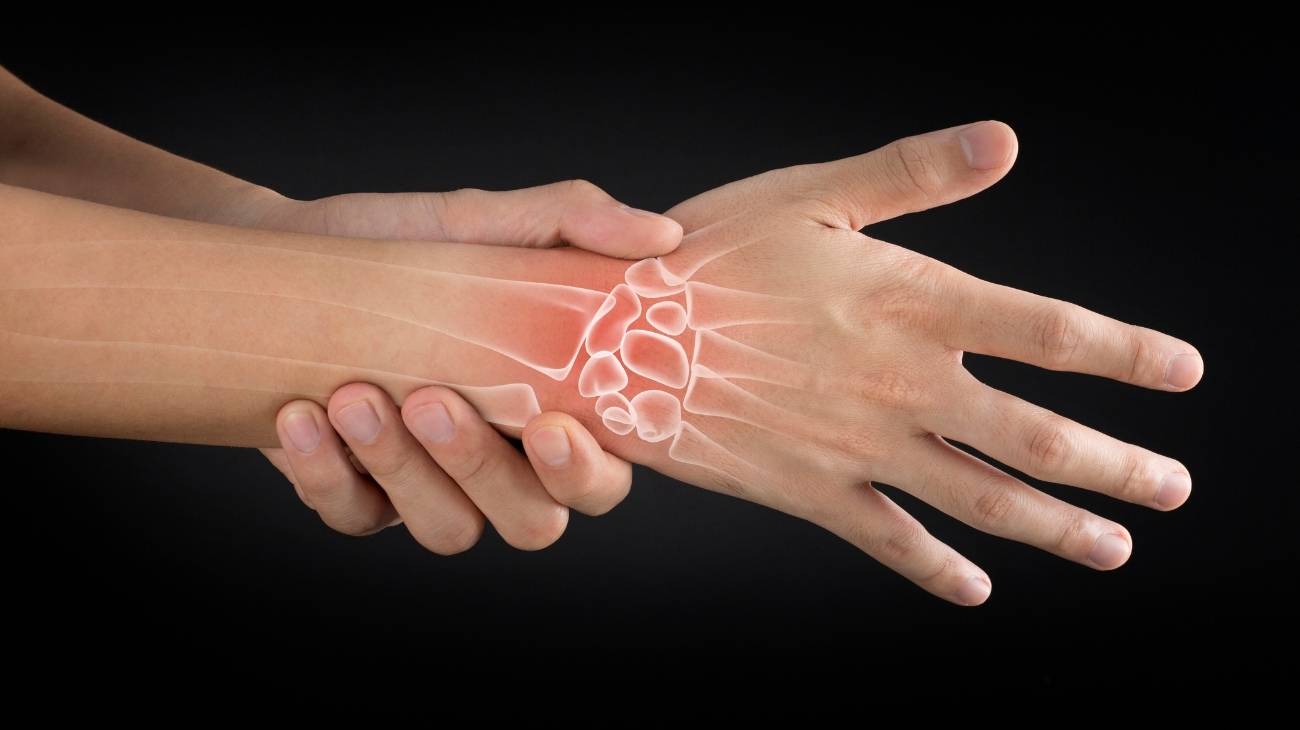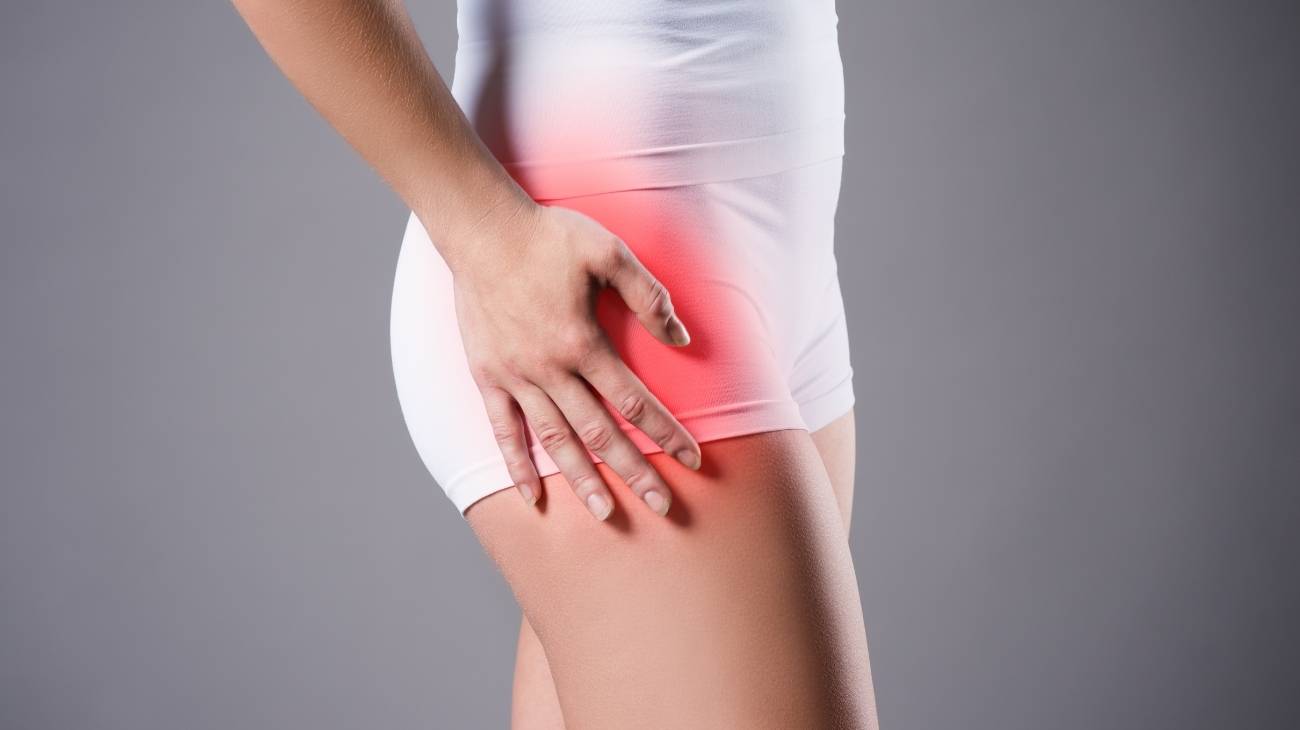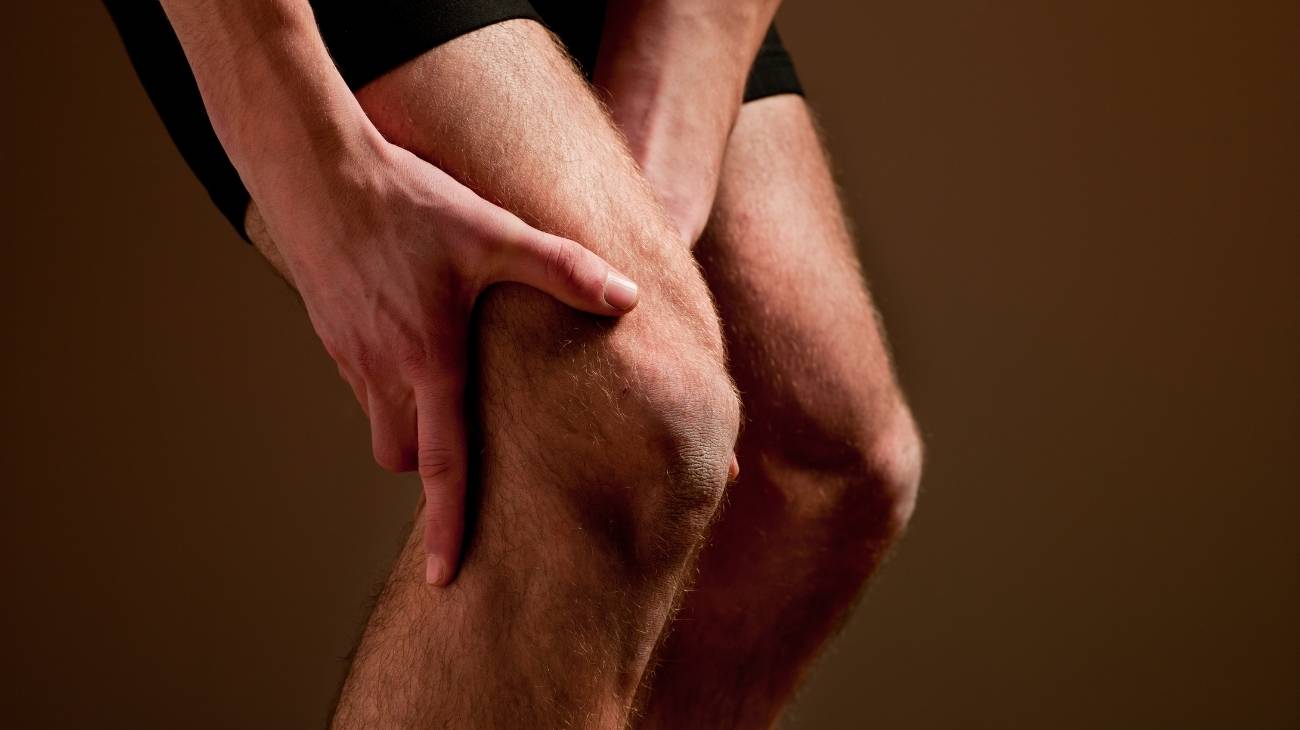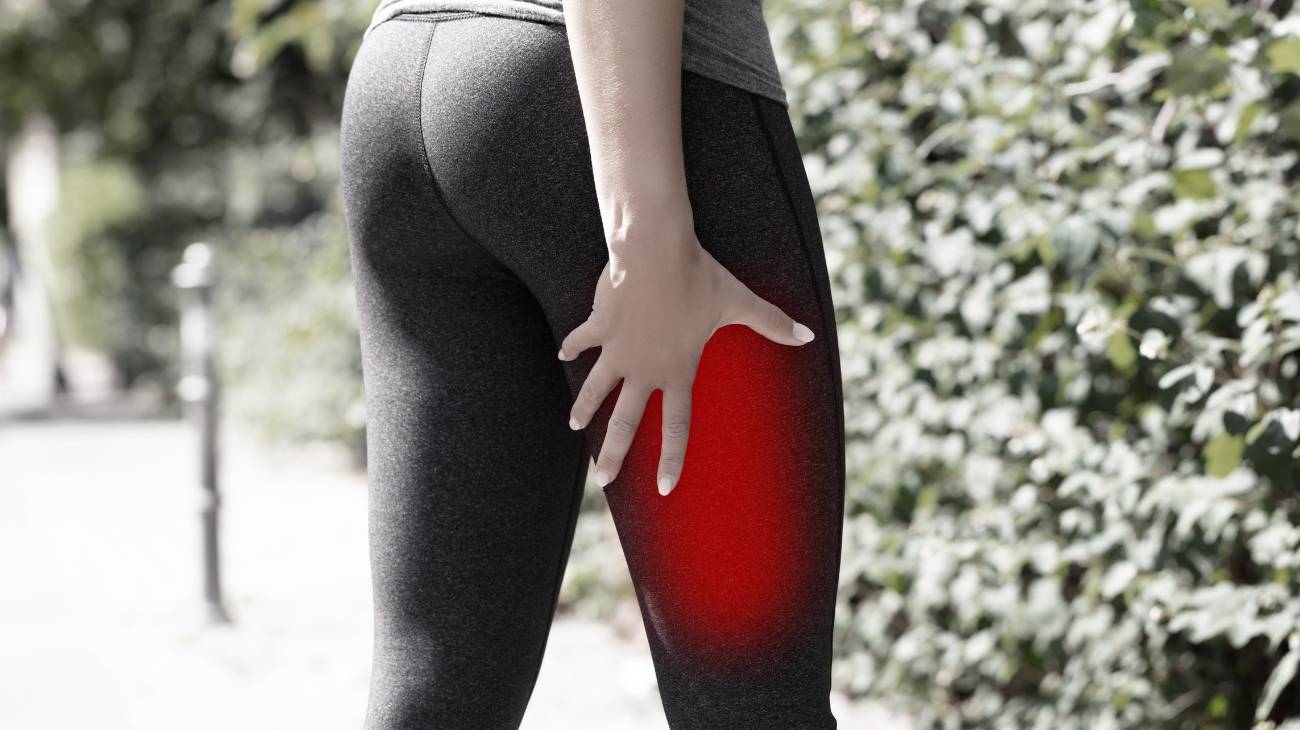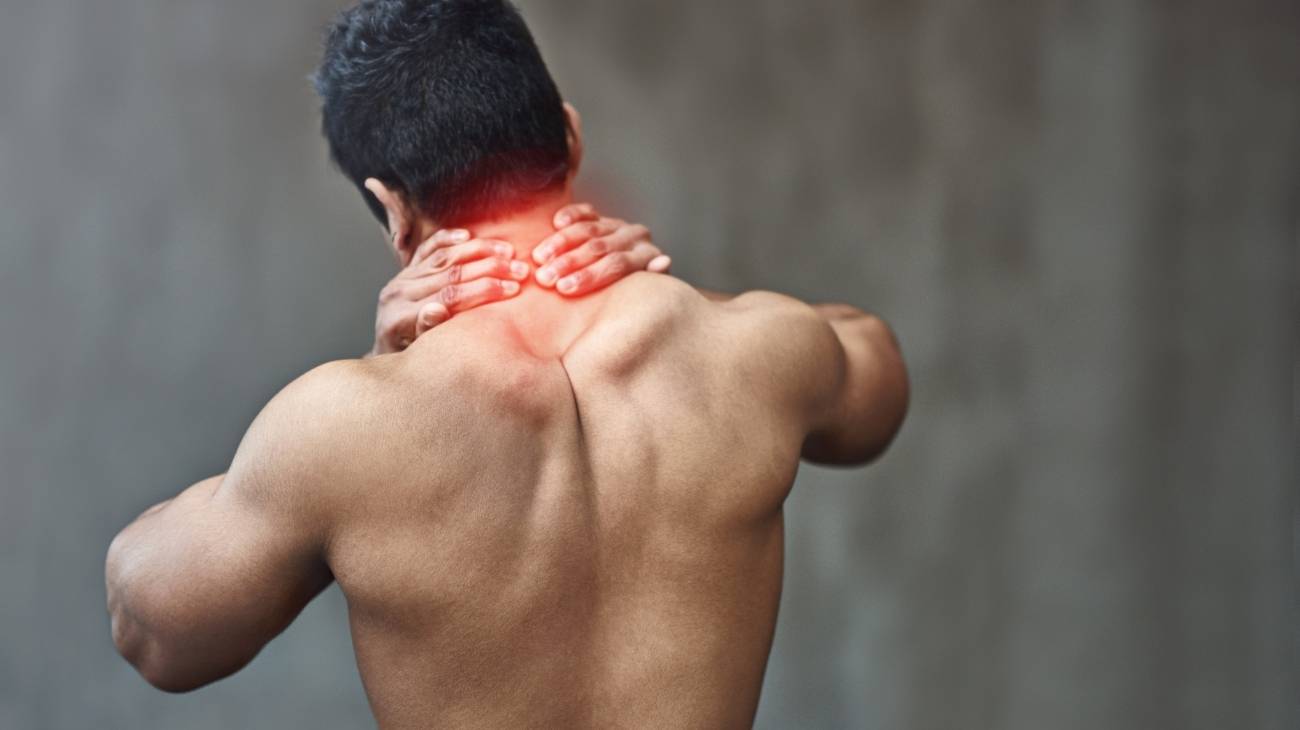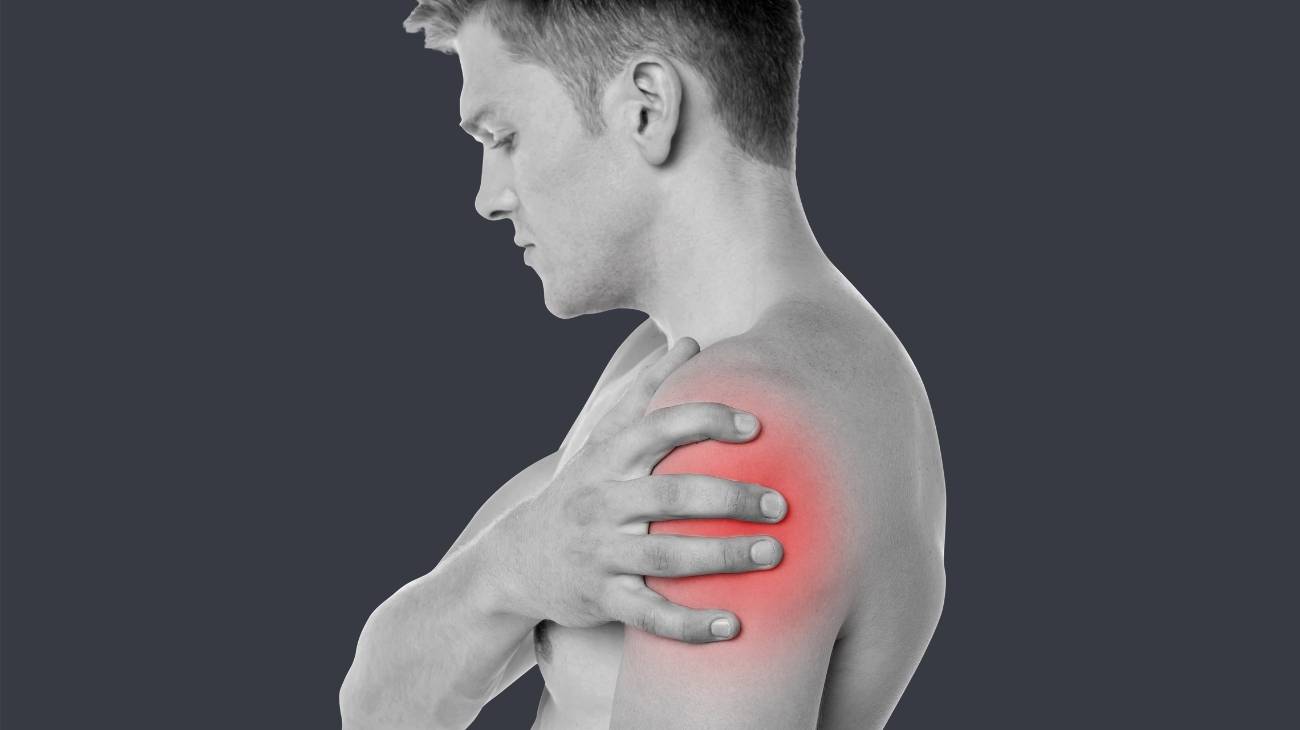In the field of medicine, the word "injury" is used to describe a pathology in human morphology that can be internal and/or external, which is why it is used more frequently in the world of sports, as the demands of exercise and physical activities are more prone to suffer these pathologies.
Throughout this article you will learn the types of injuries that a person can have inside or outside of a sporting practice. You will also have at hand a list of the most common injuries according to the tissue affected and their severity.
Definition: What are injuries?
Injuries can be cuts, bruises, muscle contractures, torn ligaments and fractures. Any eventuality in the body structure that affects its function and integrity.
And although the word is usually associated with physical exercise and sport, in reality anyone can suffer an injury that requires rest, treatment with drugs, physiotherapy and possible alternative therapies for a good recovery.
What types of injuries and wounds can we suffer?
There are a wide variety of domestic accidents that can lead to injury, for example, burns while cooking. On a football pitch, an injury could be a sprained ankle or knee. As long as the pathology is not linked to a degenerative disease, it can be called an injury.
Depending on the tissue affected:
The most frequent injuries are soft tissue injuries What are these? Muscles, ligaments, skin and tendons. Injuries are more likely to occur in joints due to the natural wear and tear of their movement and diseases such as arthritis, which affects their structure and can lead to associated injuries.
Muscle injuries
If you didn't know, the human body has more than 600 muscles and any one of them can be injured. Even the heart, which is also a muscle, can be stopped by a heart attack if the patient suffers from heart disease and has not been properly cared for.
Check out the three groups of possible injuries to a muscle:
- Strains: This is the involuntary contraction of the muscle and at the same time the impossibility of returning to its usual state of relaxation. It consists of irregular bunching of muscle fibres and is due to several clinical reasons, including muscle fatigue, poor nutrition of its fibres and low blood circulation which impairs the natural functioning of the muscles.
- Stretching: This is the excessive stretching of muscle fibres that leads to irritation and inflammation of the muscle fibres. A sedentary lifestyle is the main reason for elongation because the muscle is not prepared to be stretched excessively, and this can occur at home, at work and during sports practice if a good warm-up is not carried out. In a severe strain there are micro-cracks in the muscle fibres.
- Tears: This is the most serious injury that a muscle can have, apart from cuts caused by foreign bodies. It is a partial or total rupture of the fibres that make up the muscle and appears in three ways: pain in the contraction phase, bruising after blows and ruptures, and the presence of inflammation due to the rupture of several fibres and even of the muscle as a whole.
Tendon injuries
Tendons are tough, hard and not very flexible tissues. These qualities allow them to better transmit the energy emitted by the muscles to the bones and joints. What effect do they have on the body? They allow mobility.
Tendon injuries are divided into three types, depending on the severity of the damage:
- Tendonitis: This is the irritation and inflammation of the tendon body due to excessive tension in the tendon. As they are highly resistant bodies, they are common injuries in sport and not due to activities at home or at work. When we talk about tendinitis, we are talking about a slight inflammation and its recovery will depend on rest and trauma treatment.
- Tendinosis: When the initial inflammation and irritation are not dealt with in time, the tendon body becomes too weak and can generate micro fissures and ruptures in some of its fibres. At this level the pain is most intense and widespread in the joints, where tendons are often damaged by overloaded tendon tension. Have you heard of the Achilles tendon and the patellar tendon? They are the most prone to inflammation in sports.
- Tears: As in muscles, a tear is possible in tendons and when it occurs, open surgery or arthroscopy is necessary to repair the damage. This tear is partial and total, in both cases the tendons are cut to try to reattach them and then immediately undergo a physiotherapy process in which the body gradually becomes accustomed to mobility and sports practice.
Joint injuries
It may seem like an exaggeration, but the human body has 360 joints. But only a quarter of them will be injured in the course of your life. What are the most common joint injuries? Those of the upper and lower limbs.
Take a look at the types of injuries your body can sustain, especially when practising a sporting activity:
- Sprains: This injury occurs as a result of overstretching of the ligaments, often during sprains. Whether at work or at home, more than 50% of sprains occur in the ankles and knees due to poor footing, falls and degenerative diseases that alter the functioning of the joints. Sprains have three degrees, in the last one the connective ligament is completely ruptured and requires surgical intervention.
- Dislocations: Also called dislocations. These occur when one or more of the bones that make up the joints move out of place. If the displacement is partial we speak of a subluxation and when the displacement is total we speak of dislocation itself, in this case a joint deformation is noted. The pain is intense and localised, and the only solution is to manually reposition the bone in its usual place.
- Bursitis: This is the irritation and inflammation of the bursa, a kind of cushioning pad inside the joints that protects the bones from friction and blows. When the bursa becomes inflamed, drainage is needed to remove excess fluid in the bursa. When soft tissues are weakened by wear and tear, injury and disease, the bursae are put under increased stress and the risk of inflammation increases.
- Arthritis: This is associated with rheumatic failures in the body. It is a degenerative and progressive disease. It is not possible to reverse arthritis, but it is possible to slow its progression with joint mobility exercises and physiotherapy, provided it is prescribed by an orthopaedic surgeon and carried out by a physiotherapist. In the United States alone, more than 50 million people suffer from arthritis.
- Arthrosis: It is associated with constant and severe injuries to the joints. Injuries that lead to osteoarthritis are caused by uncontrolled sports practice, poor technique, and the wear and tear that exercise causes on the muscles, tendons and ligaments in the joint area. The shoulders, hips, elbows, knees and ankles are the joints that suffer most in sporting disciplines.
- Generalised joint pain: This is a way of classifying joint complaints that do not fall under the above injuries. Simple generalised tiredness and muscle fatigue are enough reasons for a joint to ache. Maybe one day you had to climb 10 floors of a building, and that already means you will have some knee discomfort.
Bone injuries
The human body has a total of 206 bones and the vast majority of them will not break unless you constantly push your body to the extreme through uncontrolled practice and exercise.
We will show you the most common bone injuries. Keep in mind that the limbs suffer more than the rest of the body:
- Periostitis: The periosteum is a membrane that covers the entire bone surface and the curious thing about it is that lesions usually appear in the longer bones of the limbs, especially the tibia. When the hands and legs receive a hard, sharp blow or when they are hit repeatedly, the periosteum becomes inflamed and causes acute pain. It is likely that the constant stretching of the tissues rubs against the periosteum and causes it to become inflamed, which is why it is a common condition in the tibia. Good rest will be enough to reduce the pain.
- Fissures: This is actually a fracture, but in its minimum expression because only "zigzag" lines can be seen, which often do not cause pain and can only be seen by X-rays. Severe blows cause these fractures, as do diseases such as osteoporosis which weakens the bone structure until it breaks in the form of cracks. At this level, no surgery is required, only immobilisation of the affected limb.
- Fractures: There are several classifications for determining a fracture. However, they all boil down to whether it is a complete fracture, when the bone is broken into two or more pieces; closed, if the bone is completely broken but does not leave the skin or affect internal tissues; and open when the bones break the muscles, ligaments and tendons. In the latter case, surgery is required to repair the soft tissue damage.
Depending on the severity:
Injuries have many ways of being classified, such as whether it is a puncture wound, whether it is a closed injury or whether the injured surface can be contaminated by being open. According to their characteristics we can differentiate an injury into three main types:
Minor injuries
This is an injury that only affects soft tissues such as muscles, tendons and ligaments. But it affects them by causing mild pain and inflammation. Generally these injuries can be solved with the PRICE therapy, which are steps to provide first aid in case of minor injuries.
A minor injury can be a muscle strain where physical activity should be stopped and rest for several hours until the muscle relaxes. Another example is the spraining of a finger when it is hit against a table or a chair, you feel pain but it is temporary. When an injury is minor it should not affect your mobility for more than 72 hours, otherwise it becomes a serious injury.
Severe or acute injuries
When an injury affects your mobility for more than 72 hours, it is considered a serious injury. It may not be a multiple fracture, but the mere fact of altering the patient's daily life makes it a severe injury, and a lot of attention should be paid to it.
Added to this characteristic is the fact that the injury occurs as a result of an eventuality such as accidents in the home, accidents at work and sporting accidents. In other words, an accident of this type results in falls, blows, cuts and bad footsteps that will cause the tissues to work until they are damaged.
Sprains, displaced discs, dislocations and fractures are considered serious injuries because they occur after a strong blow, repetitive trauma and as a result of muscle wasting. In sport, the likelihood of serious injury increases due to training accidents and failure to warm up properly before putting the musculoskeletal structure to the test.
Chronic injuries
Unlike serious injuries that occur at the instant of an eventuality, chronic injuries are the product of an advanced, degenerative process that weakens the musculoskeletal system and causes long-term damage.
Osteoporosis and arthritis are diseases that cause wear and tear and weakening of the bones and joints until they lead to associated injuries such as sprains and fractures. Of course, these are injuries that require an extensive and complex recovery process, unless they are degenerative diseases for which there is no cure, but it is possible to slow their progression and have an optimal quality of life.
In sports, a chronic injury is due to the wear and tear of muscle and bone due to constant effort during years of training. For example, a process of osteoarthritis that attacks the joints of a boxer due to the constant blows received in the shoulders and elbows, converts it into a chronic injury.
Best products for injury recovery
Bestseller
What therapies are the best for pain relief in injuries?
There are a number of low-invasive pain relief methods that are really effective and can be carried out with virtually no worries, as they have few side effects.
Let's take a look at alternative and non-pharmacological therapies to help reduce pain symptoms:
Heat and cold therapy
Also called contrast therapy, this consists of applying cold and heat alternately to the affected area, either by means of water or steam, by conduction or convection. Heat, which should be used first, can be endured for longer than cold, except when indicated by a professional.
Some resources to carry out this therapy are thermal pools, contrast showers, use of high and low temperature wet compresses or dry heat and cold elements, such as thermal pillows for microwaves or ice gel packs.
It is a suitable treatment as long as your pain is not acute and you are not injured. It produces great comfort in cases of bone disease or when our muscles have atrophied due to lack of nutrients, two cases in which we feel very different pain but with an identical solution.
Compression therapy
Compression consists of putting tissues in place and holding them in place by using compressive elements such as elastic bands, braces or, directly, compression garments. With this, healing is faster and we avoid pain and other inconveniences caused by moving the affected areas, as with compression garments we manage to reduce the mobility of our body through pressure.
It is a treatment designed for oedemas, ulcers, to eliminate liquids and to treat varicose veins. However, it is also useful, in the lower degrees, to treat sprains, sprained ligaments, muscle strains and other injuries as well as in any case in which the microcirculation is insufficient.
Massage therapy
Massage is ideal for treating emotional pain and other such disharmonies. This is due to the fact that we relax and let ourselves go. The focus of problems is removed, stress is forgotten, anxiety is reduced, and so on. Thanks to the many different types of massage, of course, we also work on the physical pain in our body.
With the patient relaxed, gliding, kneading, compression, friction, vibration and percussion movements are applied. Depending on these movements and the areas of the body used for the massage, we can achieve many different effects.
More or less related to pain, they are the elimination of knots in our musculature and other tissue changes, the repositioning of tissues and the relaxing component of the massage, make many of the pains we suffer considerably softer.
Acupressure therapy
A non-invasive way to reduce or relieve pain is to receive acupressure sessions. It is based on a Chinese therapy in which the protagonist of our well-being is the internal Chi. The therapy consists of balancing the Chi so that it flows and keeps each of our tissues functional and in good condition.
There are specific points in our body which, when we work on them, guide the manipulation to certain areas (where we feel pain or where we should be treated, i.e. where we have suffered damage) to reduce it or make it disappear.
These points are determined, very precise and each one requires a particular type of manipulation, although, in general, more or less strong pressure must be applied for a period of time on the meridian point. Simply put, we apply pressure to an area of the body, thereby treating the painful area from which the pain emanates.
The positive thing about this therapy is that it not only treats purely injurious pain, for example a dislocation, but is beneficial for many other pains such as toothache, visceral pain, sore throat and many others. In addition, it has other benefits such as improving the quality of sleep, eliminating dizziness and vertigo, reducing fatigue, giving us emotional balance, etc.
Cryotherapy
Cryotherapy makes use of cold, generally by direct or semi-direct contact with our skin to treat mainly pain after an injury, whether it is a sports injury, a fall, a blow or any other accident.
It is ideal because it reduces the inflammation of the bruised area (lowers the temperature and slows down the blood flow) and at the same time has a very mild anaesthetic effect (it affects nerve sensitivity), both of which are essential to reduce pain. Of course, there are many other benefits.
This treatment can be carried out in many ways, from the simplest, domestic, which consists of taking ice from the freezer and putting it in a cloth so as not to place it directly on our body, to sprays or cold cabins. It is so important that it is considered one of the steps in the RICE injury recovery therapy.
Thermotherapy
This is wherewe apply heat to eliminate pain. Of course, you may feel reluctant since the resource used is the opposite of what we have just seen; and it is true. What happens is that thermotherapy is beneficial in the case of chronic, recurrent pain that we feel after a long period of time following an injury (more than three days). That is, it is used when the pain we feel is not acute.
The heat acts as an analgesic, which in itself reduces heat, and has a sedative effect. But it also interacts with our body in other ways that also reduce pain. For example, in the case of stiffness, numbness or bruising of a muscle, heat helps to soothe them and thus less pain is suffered.
The application is similar to that of cryotherapy: heat compresses, thermal pillows for microwaves, immersions in swimming pools, sauna sessions, etc. The temperature and exposure time must be controlled, as well as the decision whether to apply the heat directly to an area or more generally.
Electrical muscle stimulation (EMS)
Muscle electrostimulation, or EMS, is a therapy that consists of stimulating muscle contractions through the use of electricity, so as to achieve an effect of activity and hypertrophy as in the gym, but without the need to go to any sports center. This means that you can put your muscles to work without leaving home.
What you are looking for is a clean contraction that simulates what you get from running long distances, lifting dumbbells or doing squats. However, the effect is not the same for the simple reason that when we move and exercise, we achieve total muscle activation, while the electrical discharges of EMS only achieve this in a percentage and not at the same intensity.
However, there is medical evidence to support results that, while not as exaggerated as marketing would like to sell them, are still extremely beneficial to health and provide an alternative for those days when you can’t train regularly.
Electrotherapy
This is a technique that seeks relief from pain and some physical ailments through the application of electrical and electromagnetic energy, among other variants, through the skin with the use of conductive pads called electrodes. It is a very safe type of therapy and must be applied by a physical therapist specialized in the manipulation of electricity to treat some kinds of ailments.
Myofascial release therapy
Also known as myofascial induction, this therapy consists of the application of manual massage to treat the shortening and tension generated in the myofascial tissue that connects the muscles to the bones and nerves. For this purpose, various massage techniques are used that focus on the so-called trigger points.
The therapy works by releasing all the tension accumulated in an area of myofascial tissue, which is one of the main causes of pain, as well as stretching the tissues so that they relax and the ailment is diluted, generating relief. However, this may not be a total cure for the injury, as at this point the problem may have become chronic.
This is important to know because in many cases myofascial pain is simply a consequence of degenerative diseases of the soft tissues or nerves, so the application of this therapy will only be useful to relieve pain at specific times. Patients with problems such as chronic myofascial pain syndrome, for example, should visit their trusted physiotherapist on an ongoing basis to apply release massages on a regular basis.
Percussion Massage Therapy
Vibration or percussion massages are precise, rhythmic and energetic strokes on the body to achieve relief from some annoying symptoms when muscle fibers are tightened, often by a high workload on them and that has left trigger points in the muscle fibers.
This technique has been known for hundreds of years and is applied with the back of the hands. Today, professional physical therapists often use percussion massage guns that offer more effective and continuous movements. Some of the benefits include relieving stress, preventing injuries and improving the circulatory system.
Although this is a product for self-massage, it is recommended that people have a minimum degree of knowledge to know how to use the muscle massage guns and avoid damaging tissues and parts of the body such as joints that should not receive the constant blows.
Trigger points therapy
Myofascial pain points or trigger points are knots that are created in the deeper muscle tissues, causing intense pain. The pain does not always manifest itself right in the area where the point develops, but rather this pain is referred to nearby areas that seemingly do not appear to be related. In fact, it is estimated that more than 80% of the pain they cause manifests in other parts of the body.
In this sense you can imagine that a trigger point is similar to a herniated disc, which may appear in a specific vertebra of the spine, but the pain can manifest itself anywhere in the back as it is connected in its entirety by a large number of nerves. The same happens with the “trigger point” since the myofascial tissue is found throughout the body and is connected in its entirety.
R.I.C.E Therapy
The R.I.C.E. therapy is the first and simplest of the treatment protocols for minor injuries. It appears in the sports field to deal with accidents involving acute injuries. For many years, it has been considered the most suitable for its speed and results.
References
- Briner Jr, W. W., & Kacmar, L. (1997). Common injuries in volleyball: Mechanisms of injury, prevention and rehabilitation. Sports medicine, 24(1), 65-71. https://link.springer.com/article/10.2165/00007256-199724010-00006
- Mazur, L. J., Yetman, R. J., & Risser, W. L. (1993). Weight-training injuries: common injuries and preventative methods. Sports Medicine, 16, 57-63. https://link.springer.com/article/10.2165/00007256-199316010-00005
- Mellion, M. B. (1991). Common cycling injuries: management and prevention. Sports Medicine, 11, 52-70. https://link.springer.com/article/10.2165/00007256-199111010-00004
- Kallinen, M., & Markku, A. (1995). Aging, physical activity and sports injuries: an overview of common sports injuries in the elderly. Sports Medicine, 20, 41-52. https://link.springer.com/article/10.2165/00007256-199520010-00004
- Bylak, J., & Hutchinson, M. R. (1998). Common sports injuries in young tennis players. Sports medicine, 26, 119-132. https://link.springer.com/article/10.2165/00007256-199826020-00005
- Lin, C. Y., Casey, E., Herman, D. C., Katz, N., & Tenforde, A. S. (2018). Sex differences in common sports injuries. PM&R, 10(10), 1073-1082. https://www.sciencedirect.com/science/article/abs/pii/S1934148218301278
- Fried, T., & Lloyd, G. J. (1992). An overview of common soccer injuries: Management and prevention. Sports Medicine, 14, 269-275. https://link.springer.com/article/10.2165/00007256-199214040-00005
- Saal, J. A. (1991). Common American football injuries. Sports medicine, 12, 132-147. https://link.springer.com/article/10.2165/00007256-199112020-00005
- Adirim, T. A., & Cheng, T. L. (2003). Overview of injuries in the young athlete. Sports medicine, 33, 75-81. https://link.springer.com/article/10.2165/00007256-200333010-00006
- Fredericson, M. (1996). Common injuries in runners: diagnosis, rehabilitation and prevention. Sports Medicine, 21, 49-72. https://link.springer.com/article/10.2165/00007256-199621010-00005


